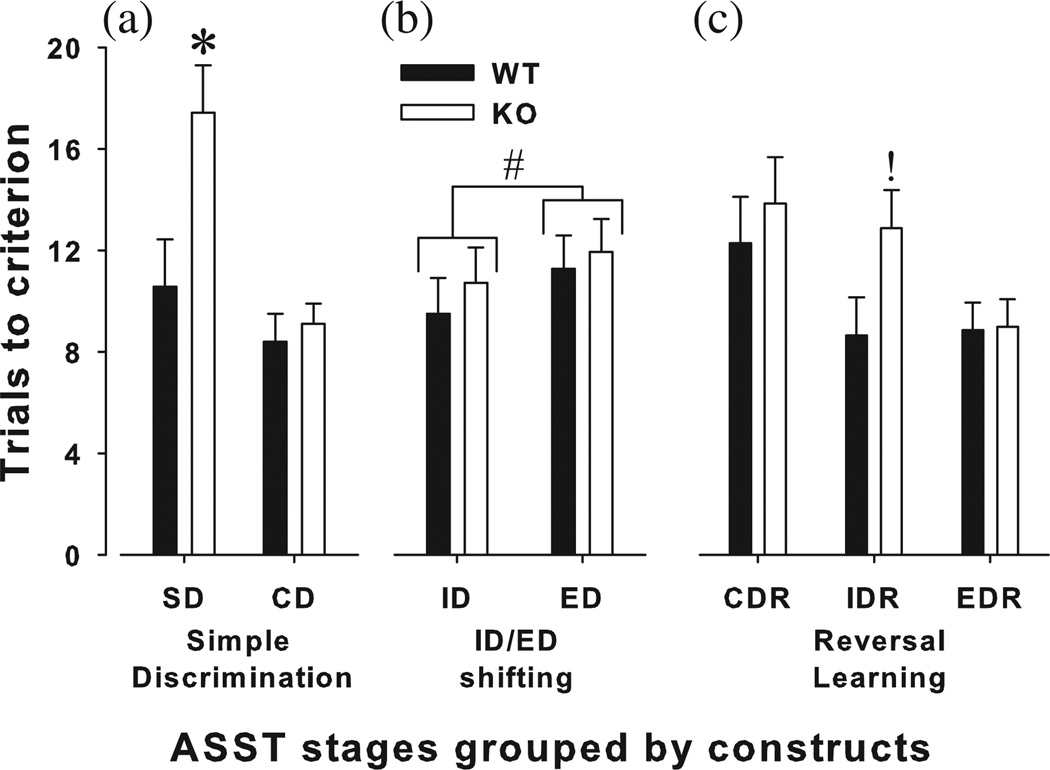Figure 1. Performance of α7-nAChR mutant mice in the ASST.
The performance of α7-nAChR KO mice in the ASST was compared with their WT littermates. KO mice exhibited impaired acquisition of the rule to associate a specific stimulus with reward location, taking longer to acquire the SD but not CD stage as compared to WT mice (a). Set-shifting was normal in KO mice, with both KO and WT mice demonstrating the formation of an attentional set given that it took both groups more trials to complete the ED stage compared with the ID stage (b). KO mice exhibited (1) normal reversal learning at the first reversal stage (CDR stage), (2) took more trials to complete the second reversal stage (IDR stage) due to WT mice taking fewer trials compared to CDR while KO did not and (3) exhibited comparable reversal learning to WT mice at the third stage (EDR) because KO mice improved by this stage when compared to the IDR stage (c). Data are presented as mean + SEM, grouped by construct as opposed to the order of testing (SD, CD, CDR, ID, IDR, ED, EDR), *P < 0.05 when compared to WT mice, P < 0.1 when compared to WT mice, #P < 0.05 when ID is compared to ED shifting.

